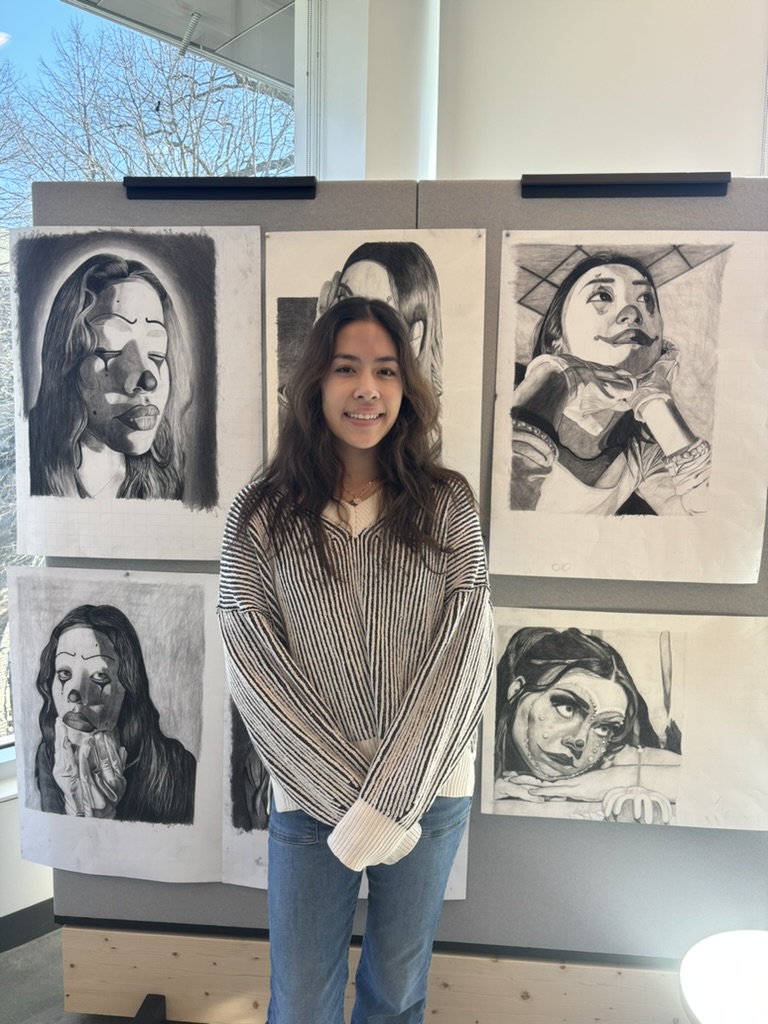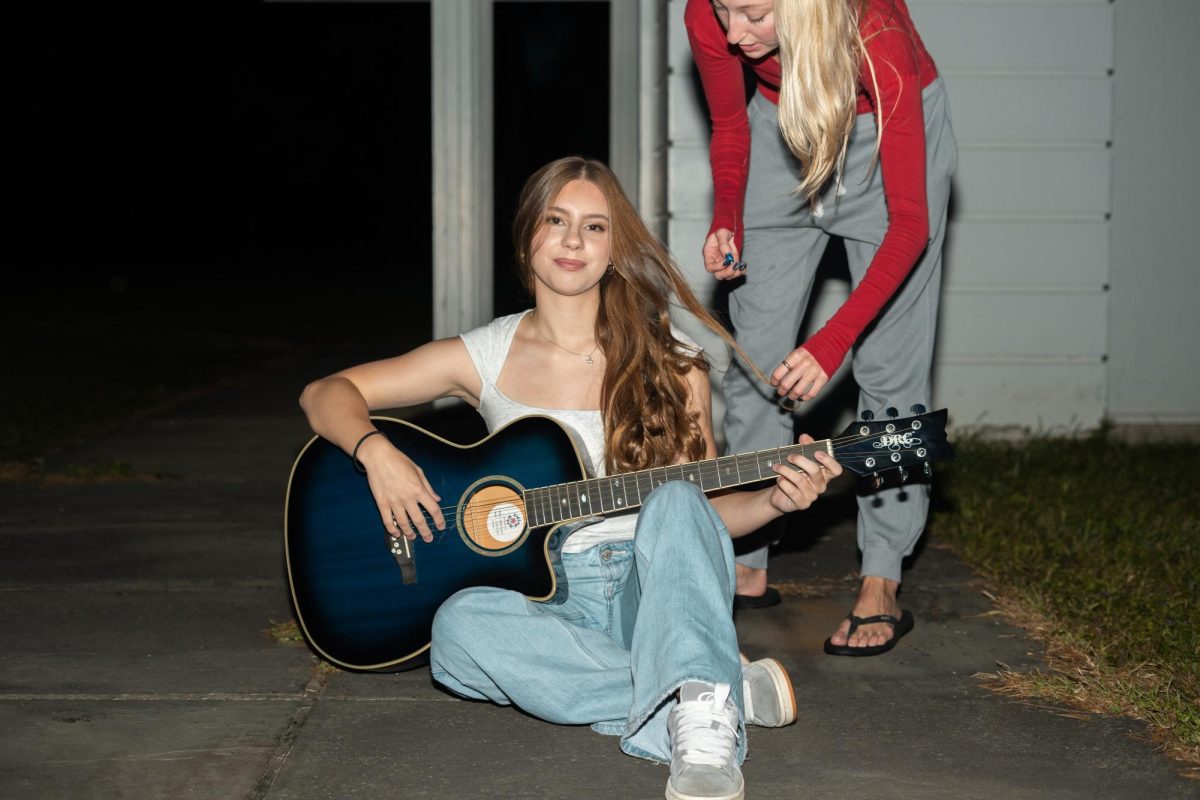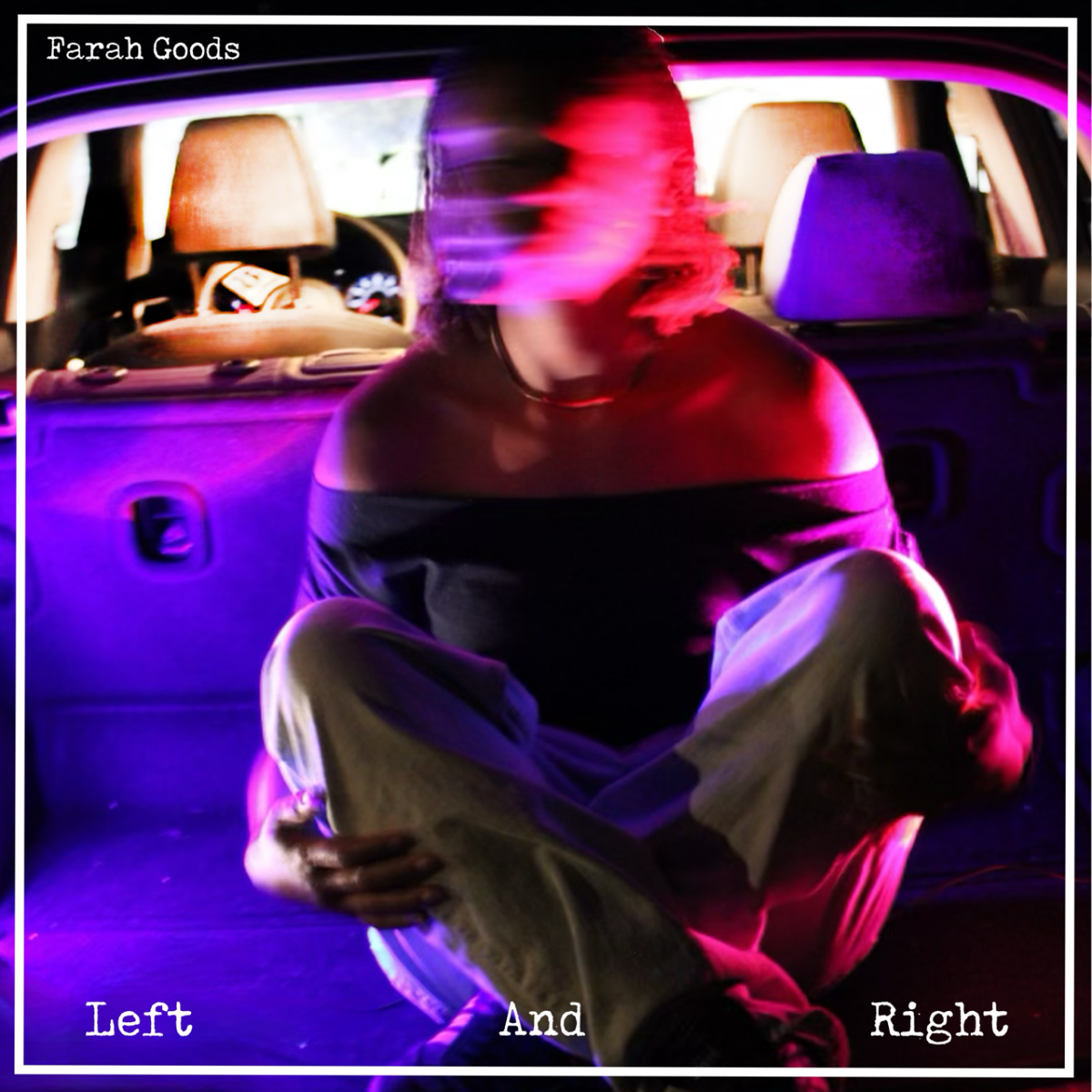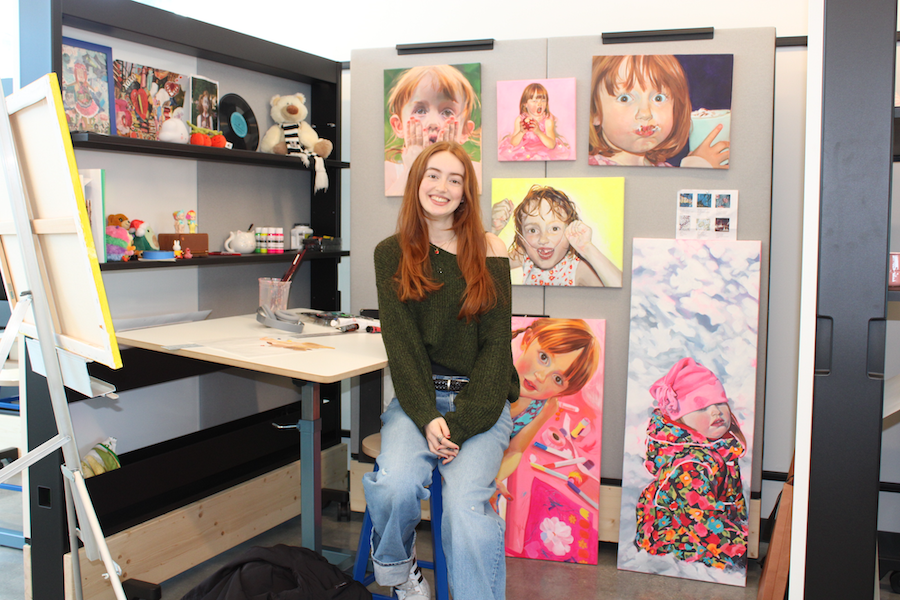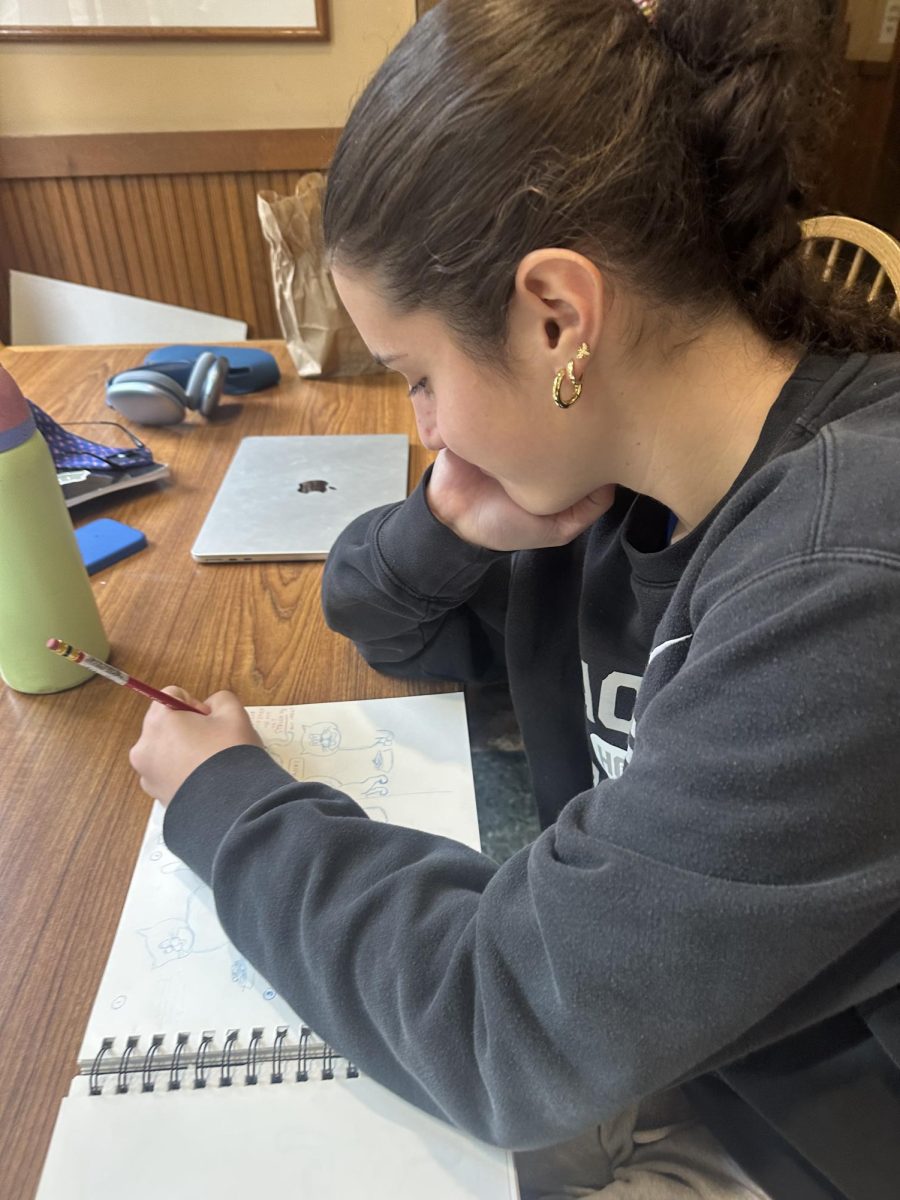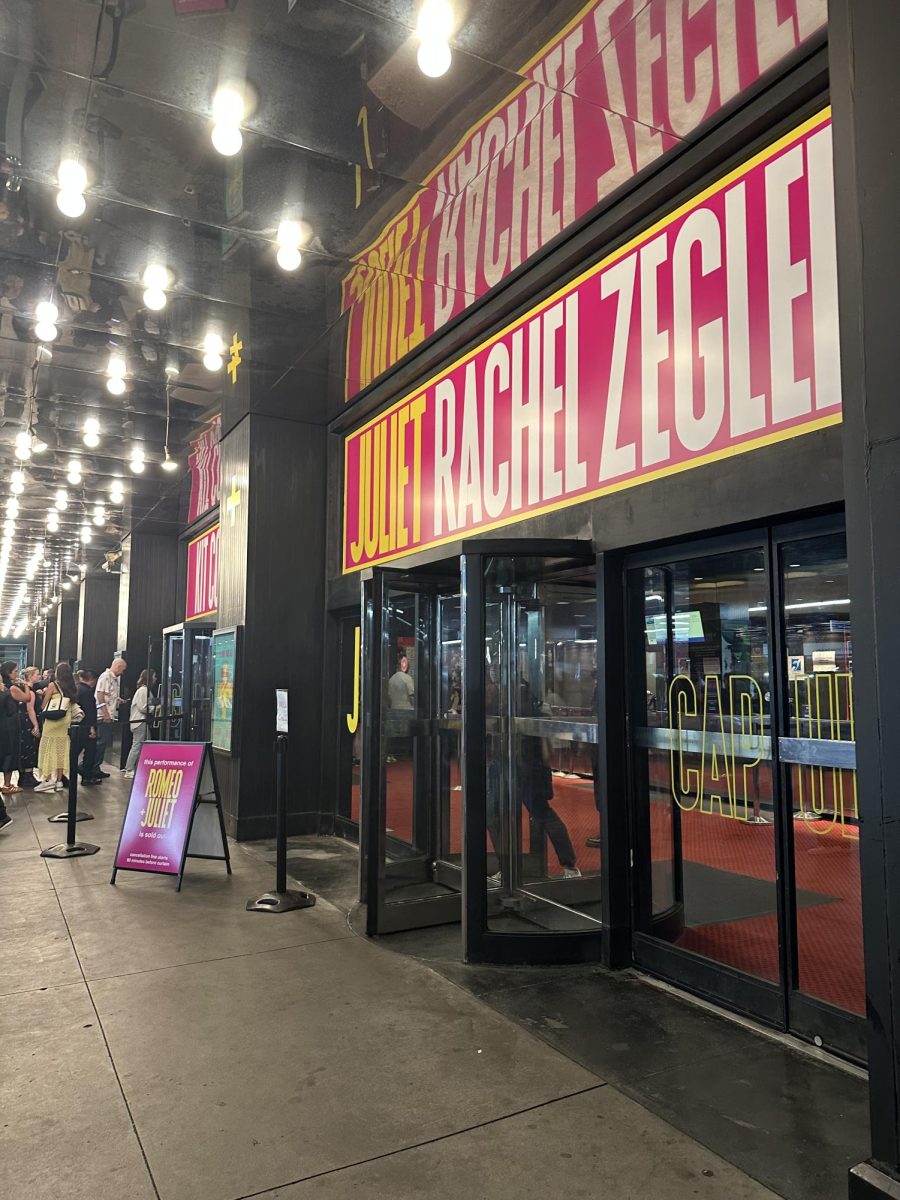Have you ever imagined yourself walking down the street, and background music comes on, just like in the movies? Popular films, including titles like Titanic, The Breakfast Club, Pulp Fiction and The Graduate among others, all contain mood-evoking music according to each scene, whether it be a car chase or romantic date. Background music is only one of the aspects of movies that reality is envious of–until now. With the help of Bluebrain’s new Location Aware Music apps, this is made possible. Brothers Ryan and Hays Holladay, members of the music duo Bluebrain, have created a new sense of interactivity when it comes to music. In three locations, Central Park in NYC, the National Mall in Washington D.C., and the Violet Crown in Austin, Texas, the two have set up geotagged landscapes. Frequenting any of these sites with each app, one can experience music according to their physical location, with it’s innovative yet simple technology. “The technology that’s available in a smartphone now is so powerful,” says Ryan. “Artists are able to utilize the tools in a way that’s kind of never been possible…it gives us a completely different way to think about music.”
The duo has been featured in the New York Times, the Washington Post, Engadget, The Guardian, and many more for their project. WIRED has even dubbed them “pioneers” for their innovation.
Each app itself contains over three hours of music that only changes when one changes their physical position; the idea here is to keep the listener moving. All the music is completely produced by the brothers alone, with collaborations involving other musicians from a range of genres and instruments, from drummers to opera singers.
According to Ryan and Hays, their inspiration for location-aware music sprouted from artists like Phil Kline and Janet Cardiff, who themselves had abandoned passive music-listening and experimented and mixed together audio and space, creating a musical score that not only responded to its audience, but to it’s architectural landscape. In addition to these renowned landmarks, Bluebrain also installed their software into an abandoned funeral home in Washington, D.C. Their idea was very synchronized: a speaker in each room, playing a different track from the one next to it, harmonizing and creating a fifteen minute larger scale score, emanating throughout the building. This new “living house,” as they call it, is just a fraction of the location aware music publically available today.
Although Central Park, the National Mall, and the Violet Crown were geotagged over the past couple years, in early 2013, Ryan and Hays introduced a new project that is currently in progress. Focusing on the Bay Area in California, Bluebrain is working with artists from Stanford’s Experimental Media Arts Department, in hopes of geotagging the Pacific Coast Highway and adding it to list. Currently, the status of the project is unknown.
Additional information about Bluebrain’s projects is featured on their website, www.bluebra.in.

